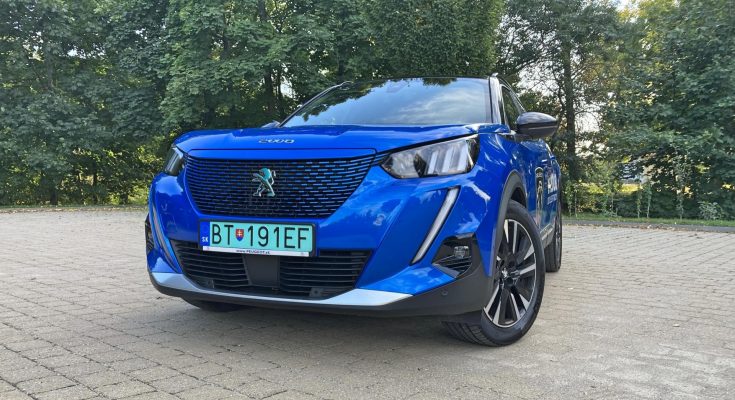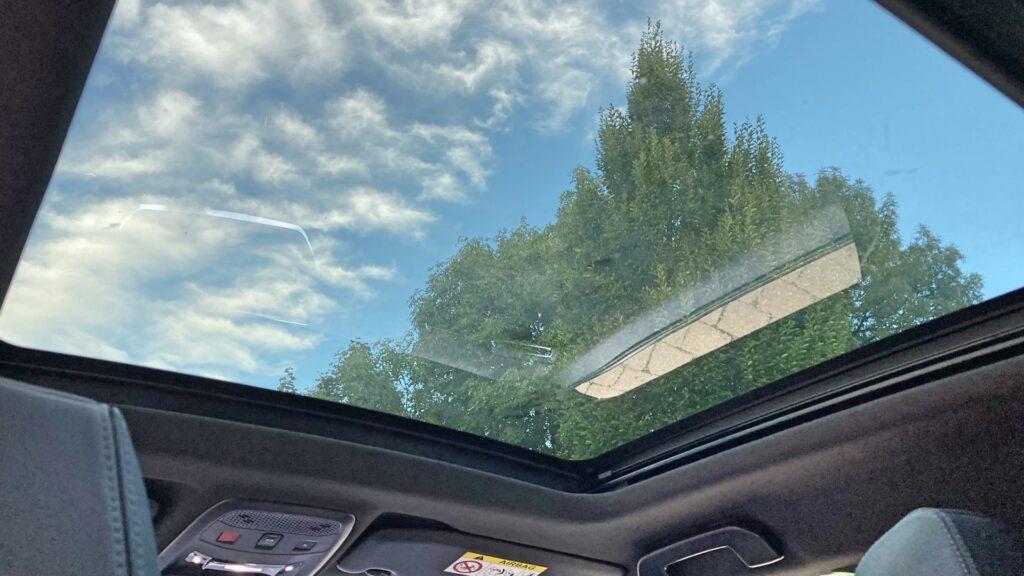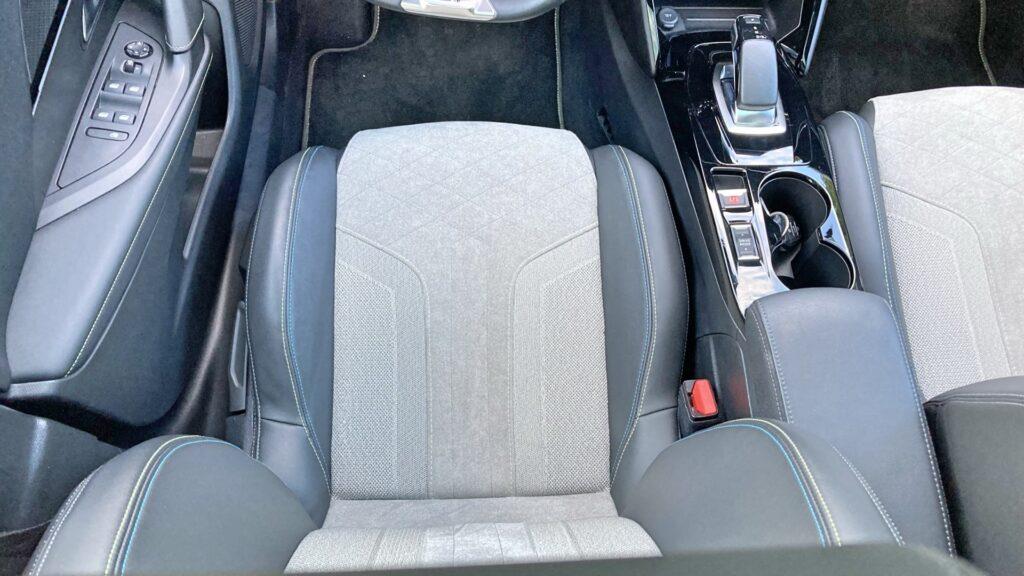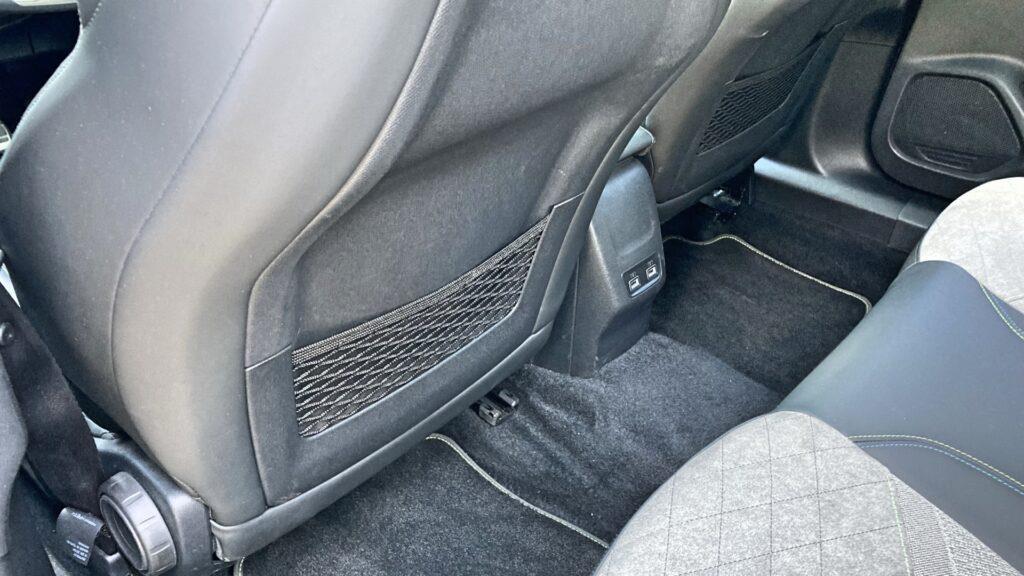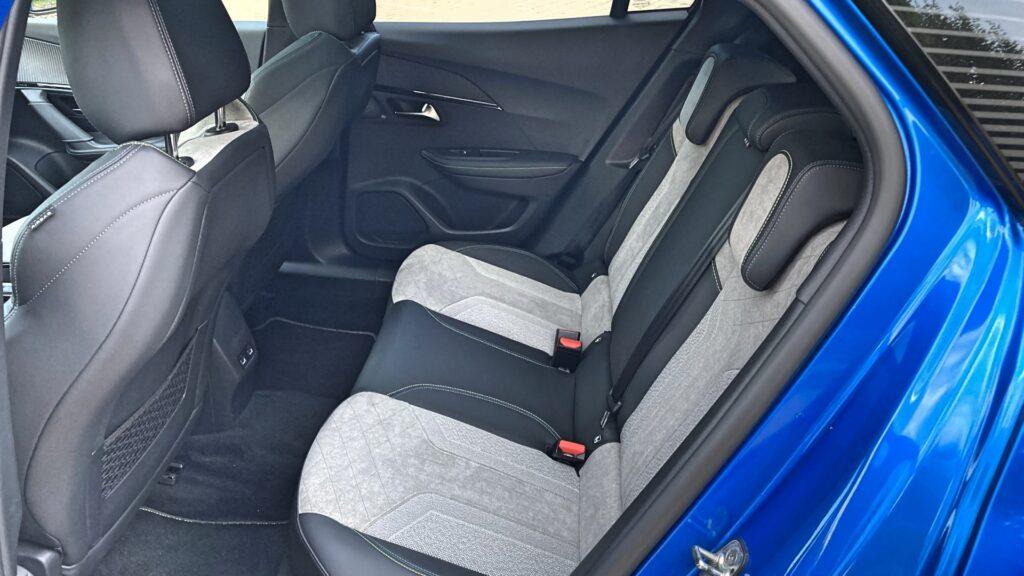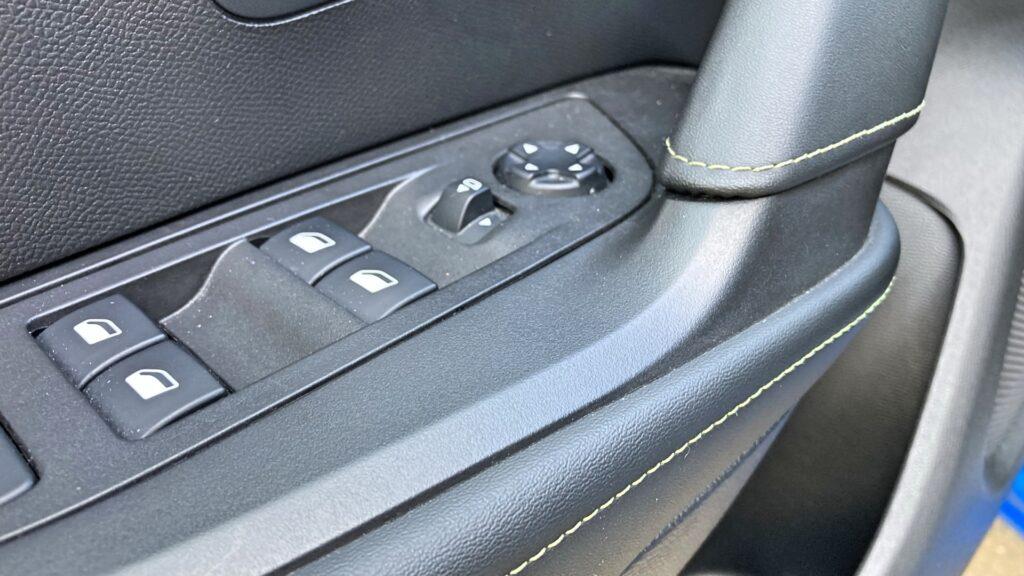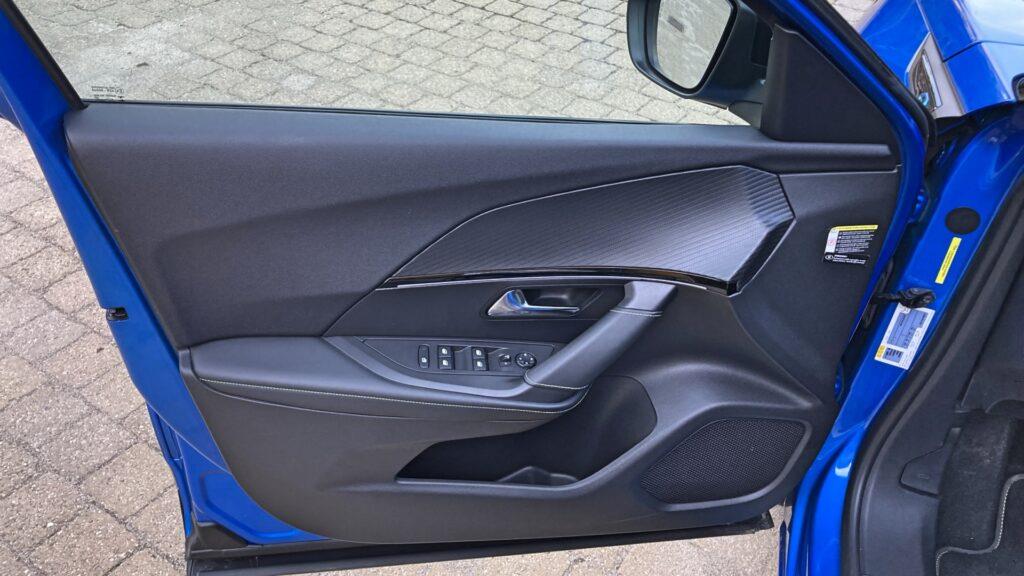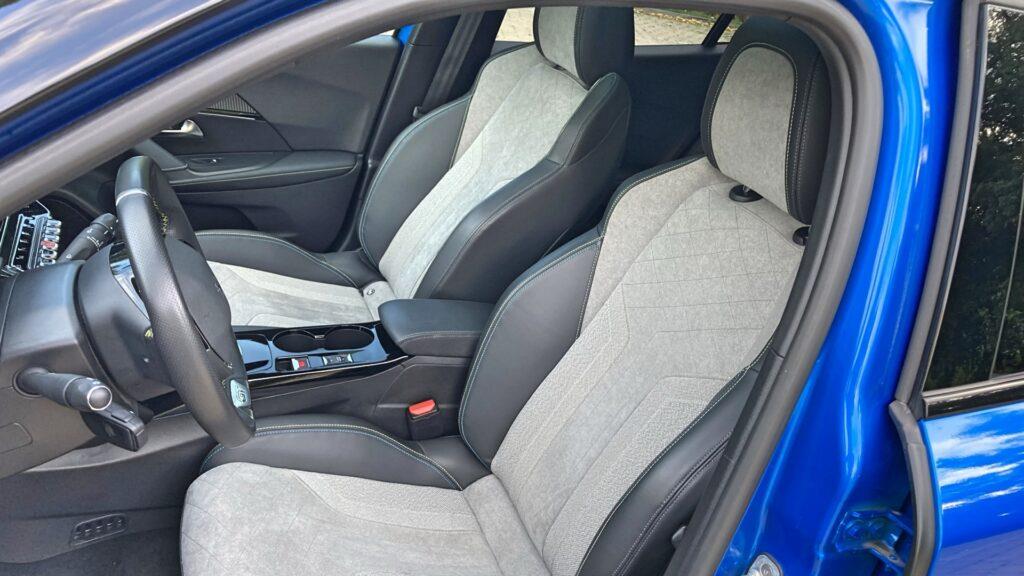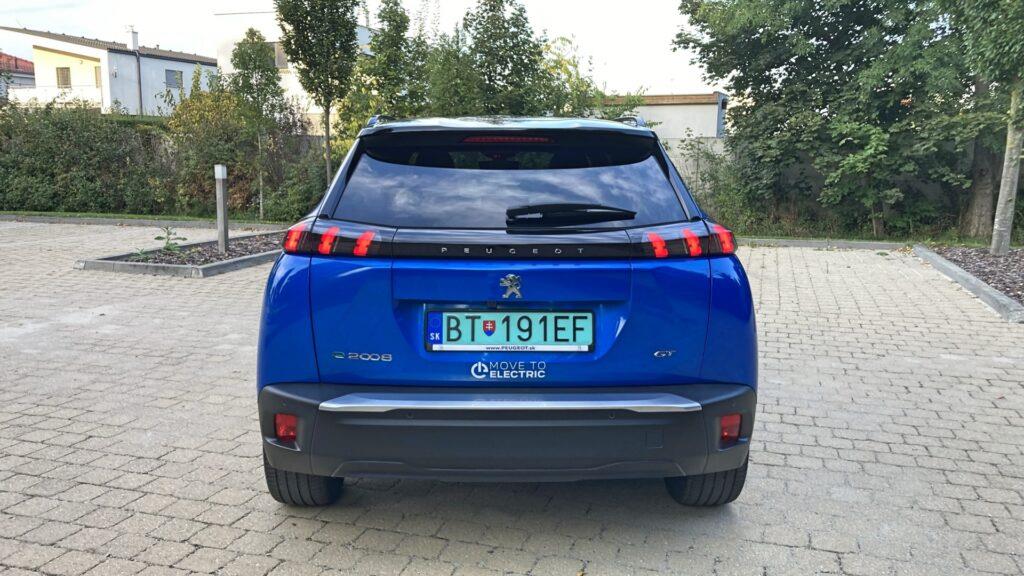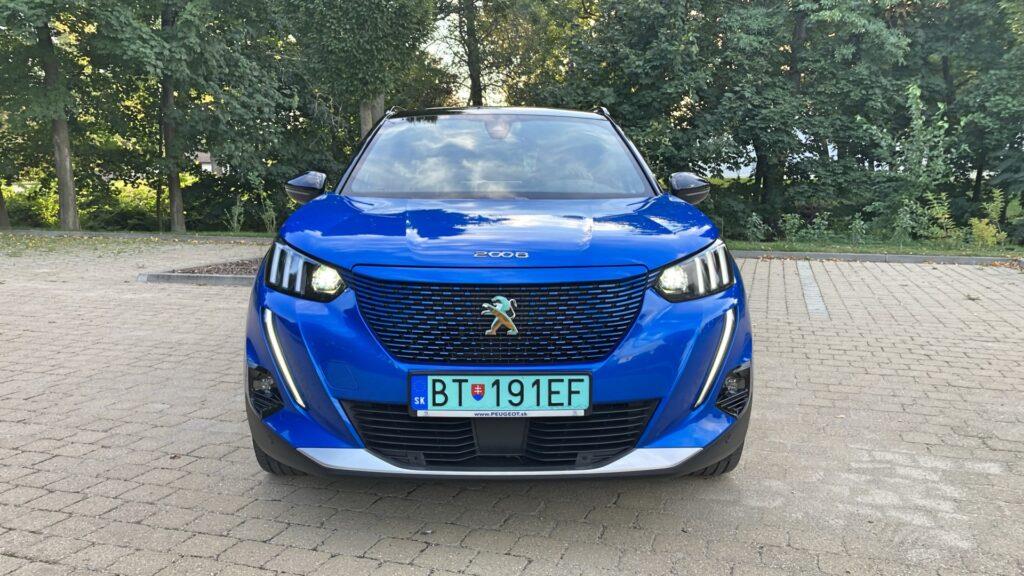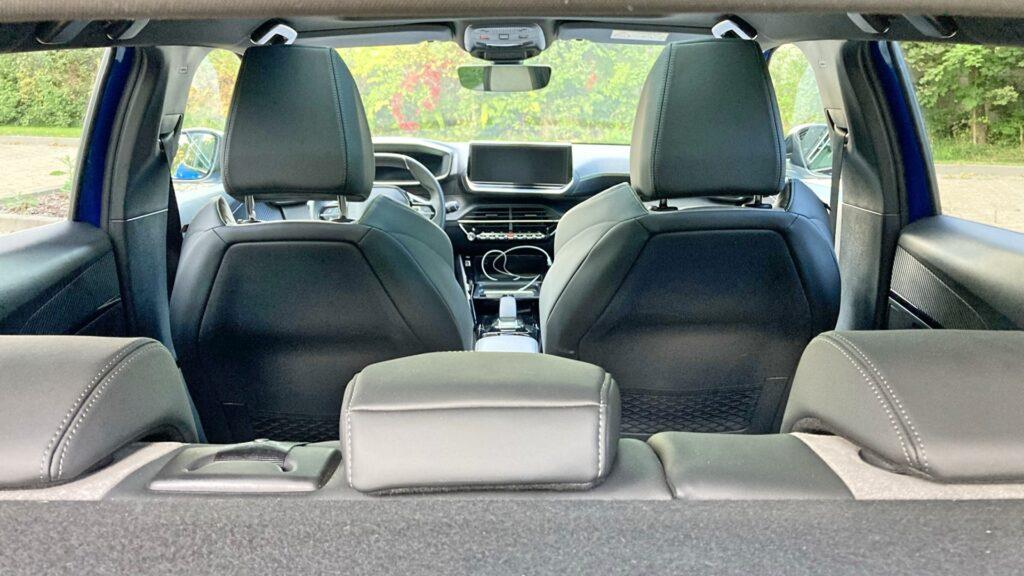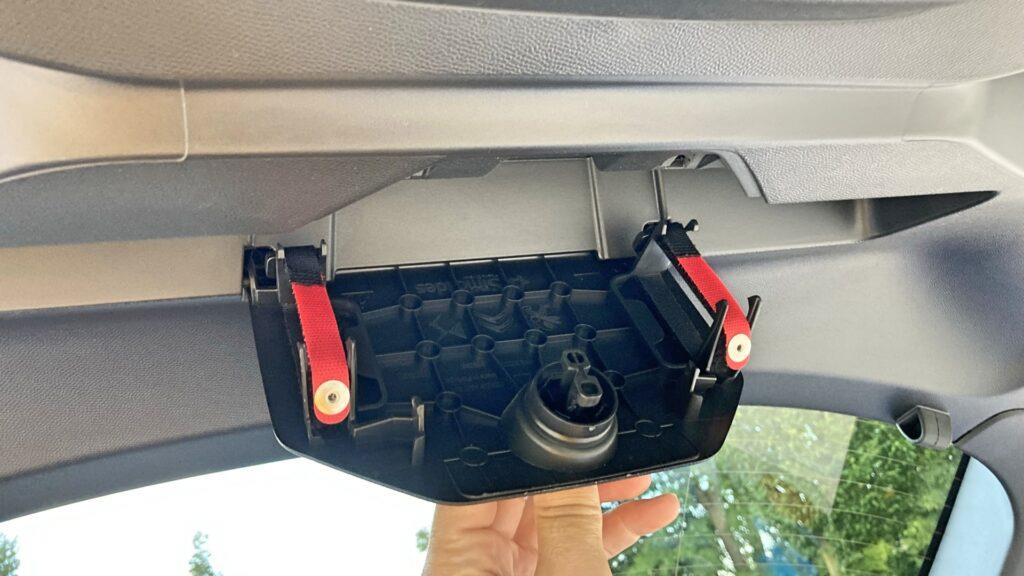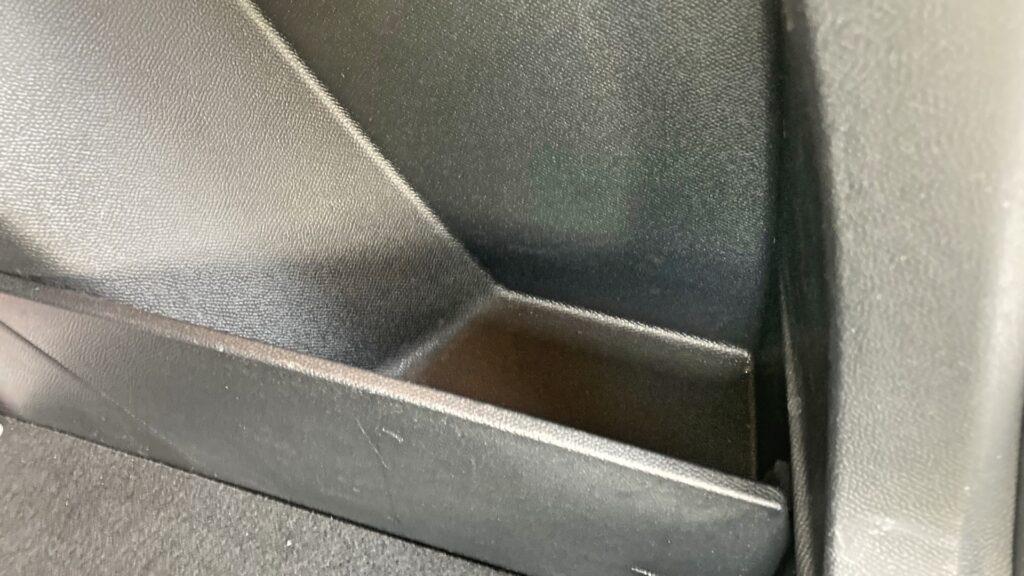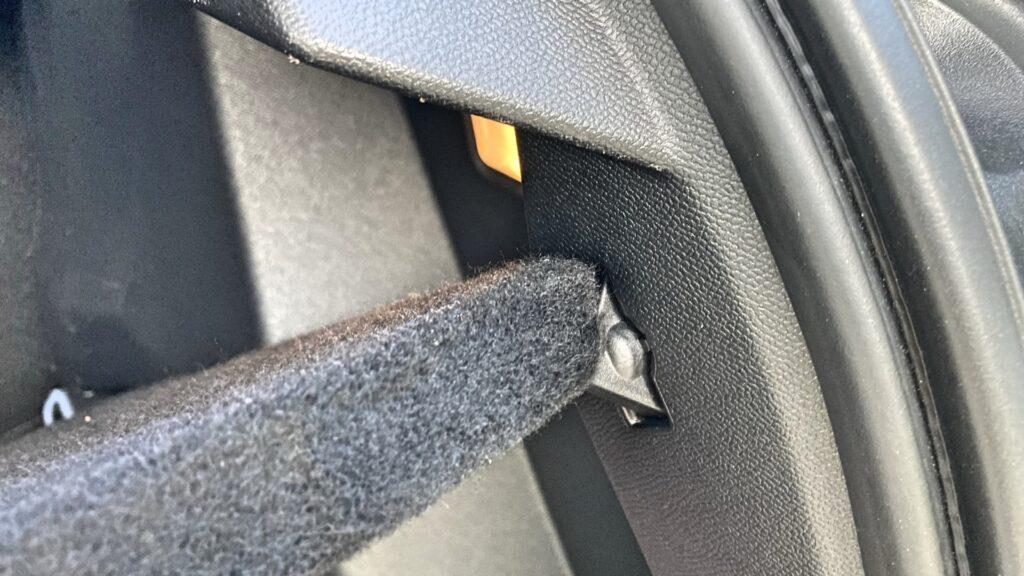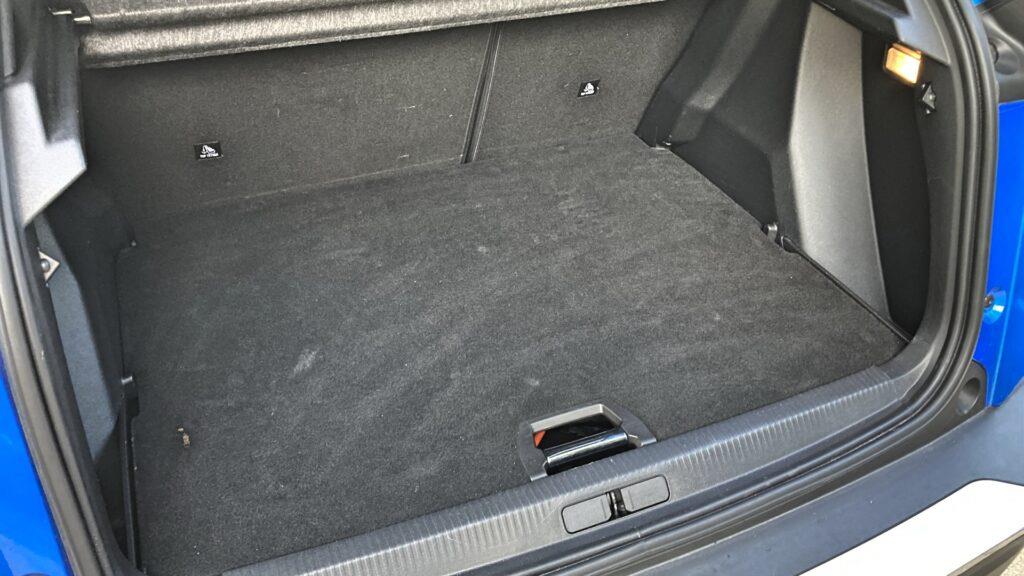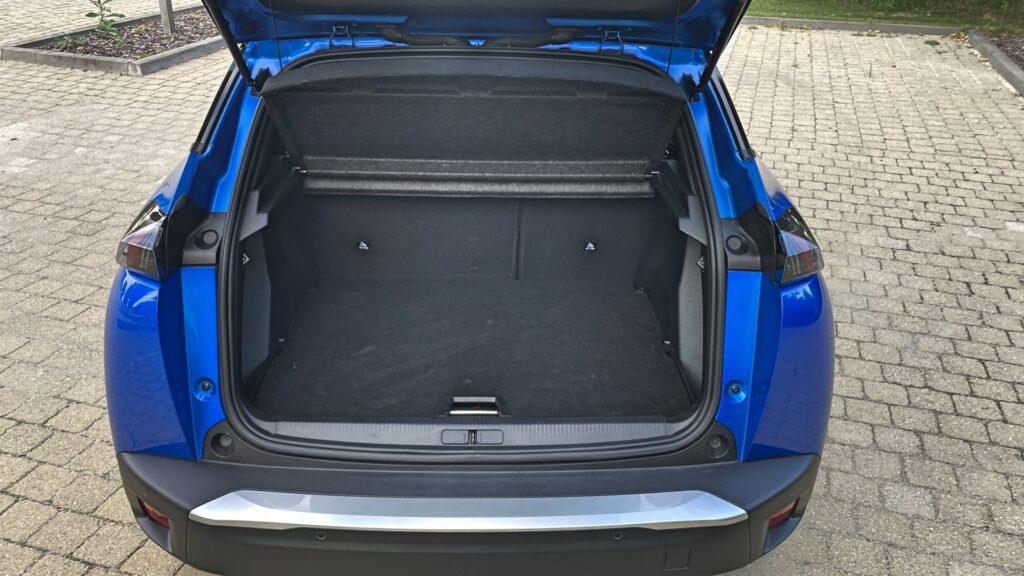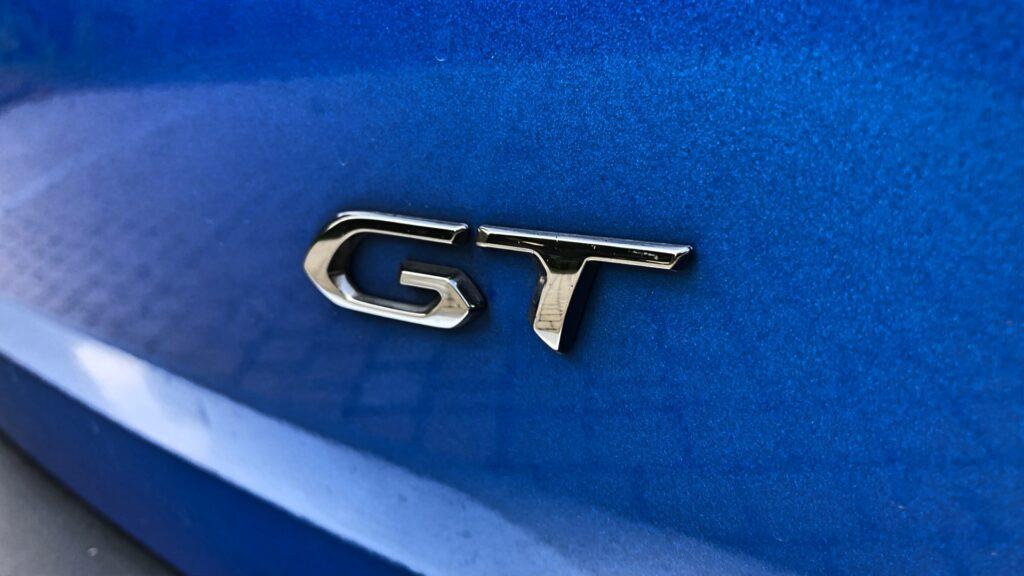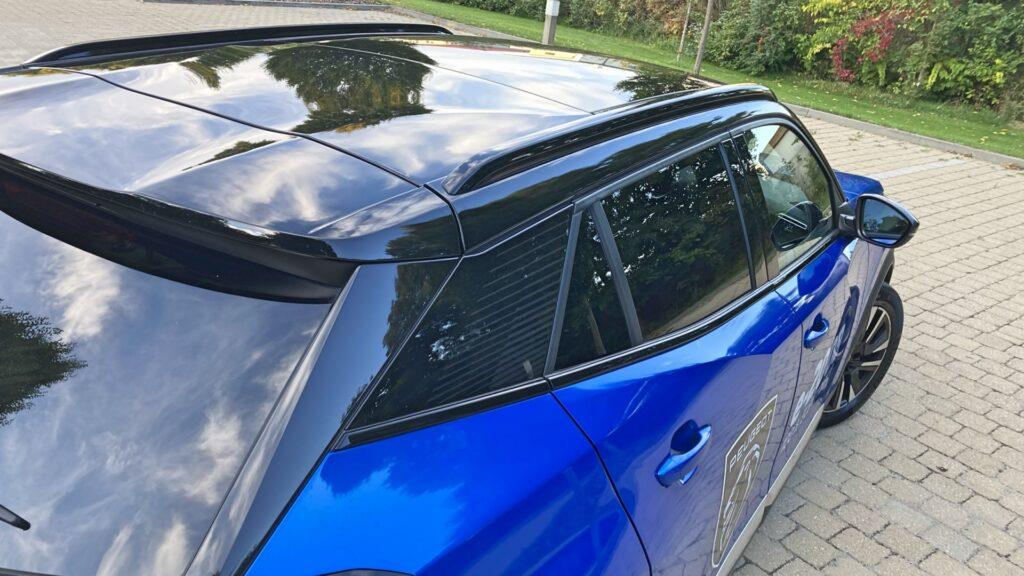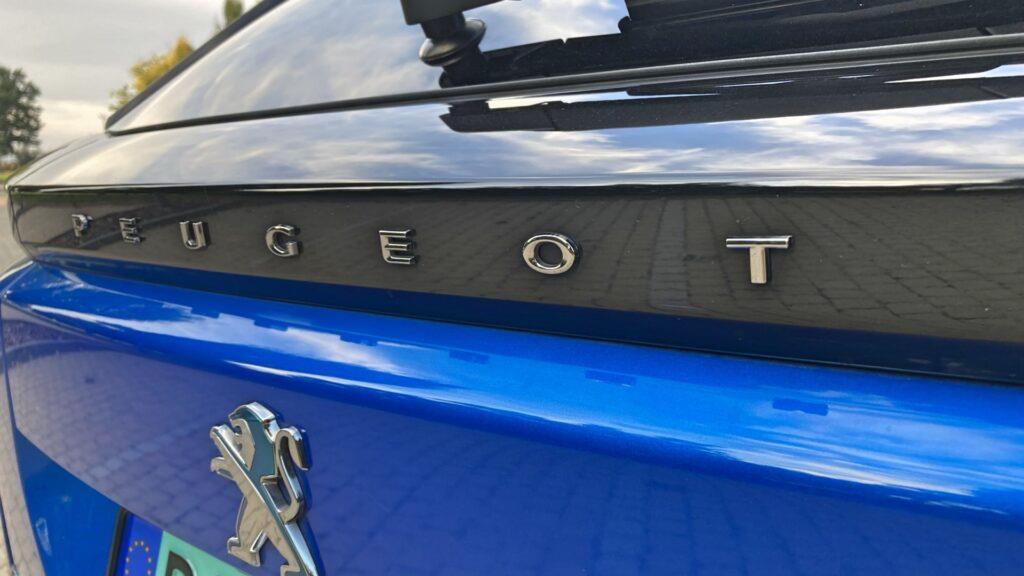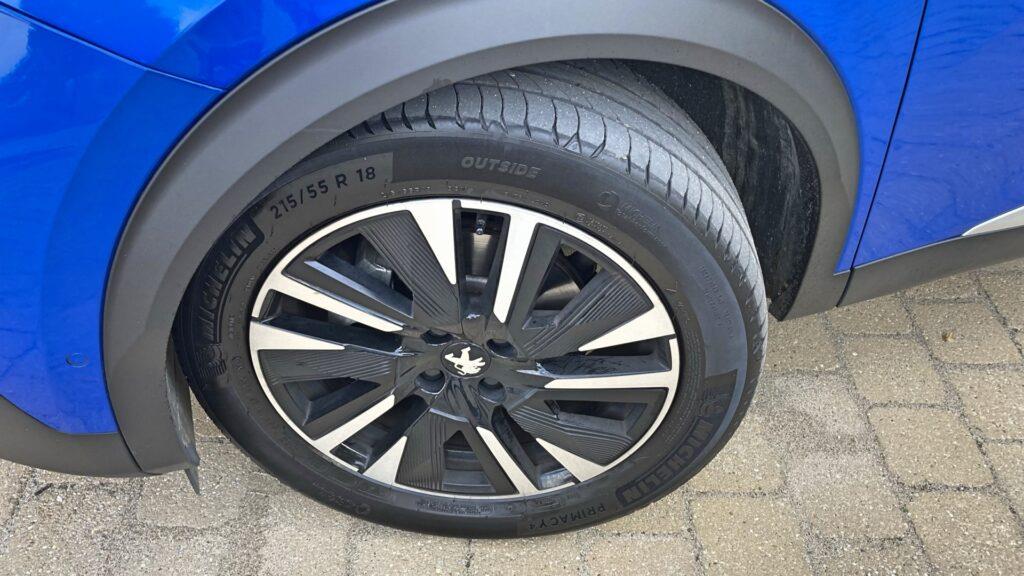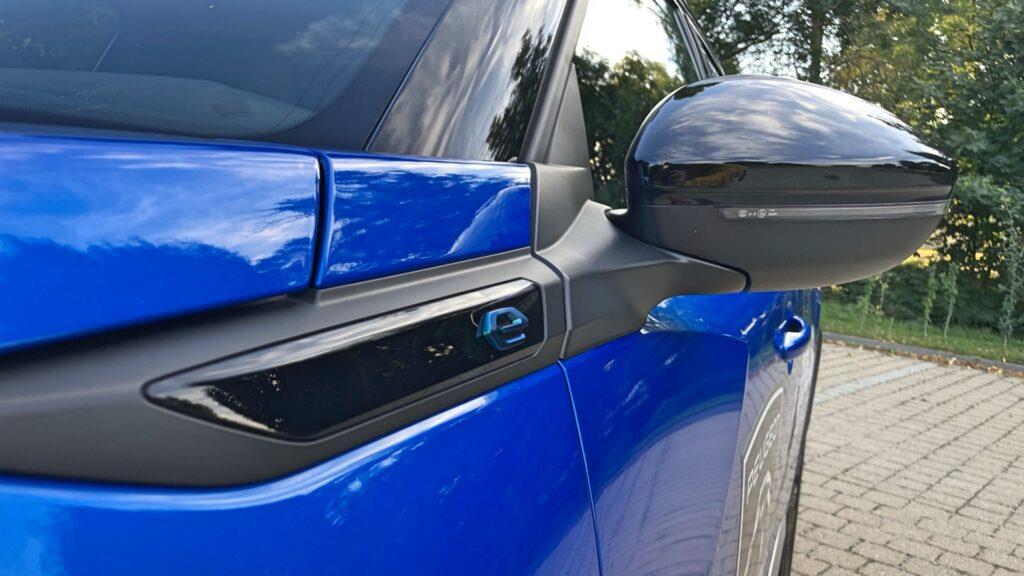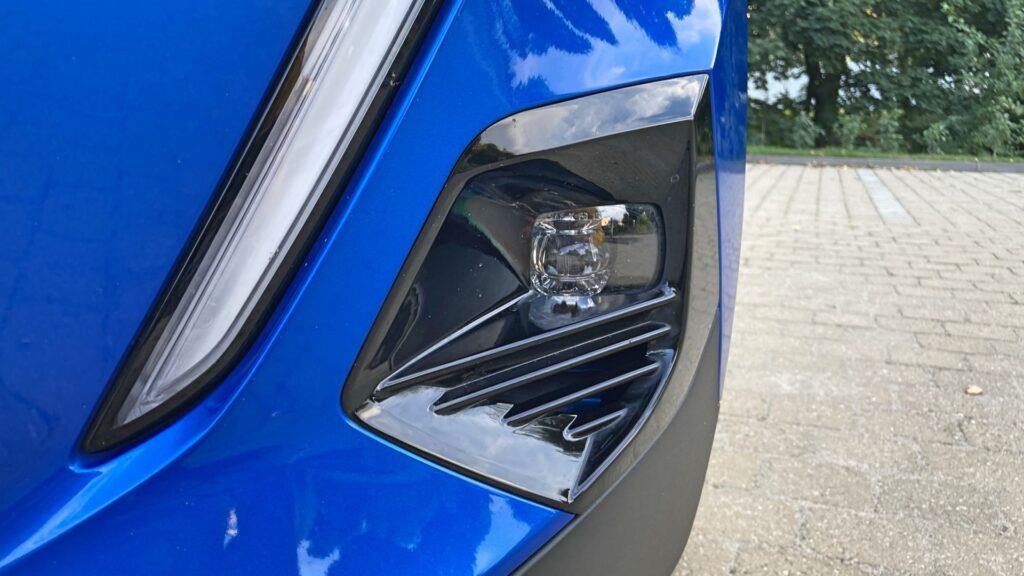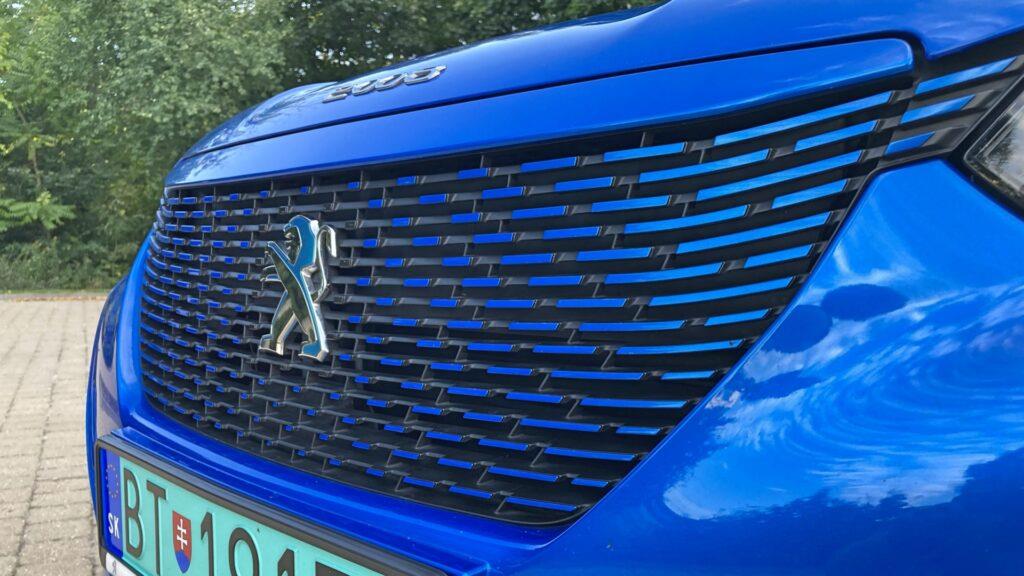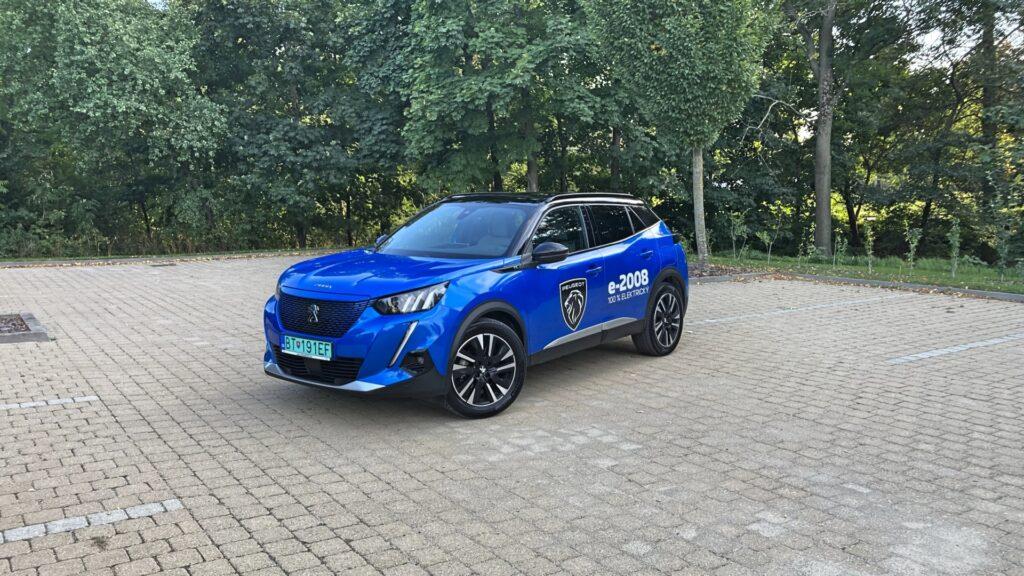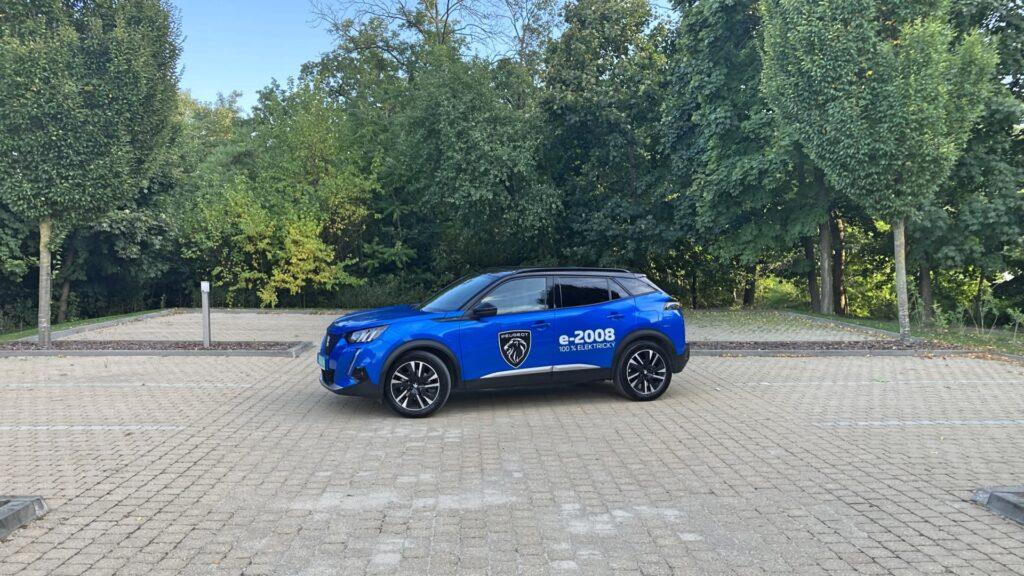It looks elegant, it is one of the most popular crossovers today, it has a 50kWh battery and a paper range of over 300 kilometers, while the base price starts at just over €30,000. This is the Peugeot e-2008, which is an electrified version of the classic combustion engine 2008 , from which it differs little in terms of design. How does it drive and for whom is the electric 2008 actually intended?! Let's take a look at it…
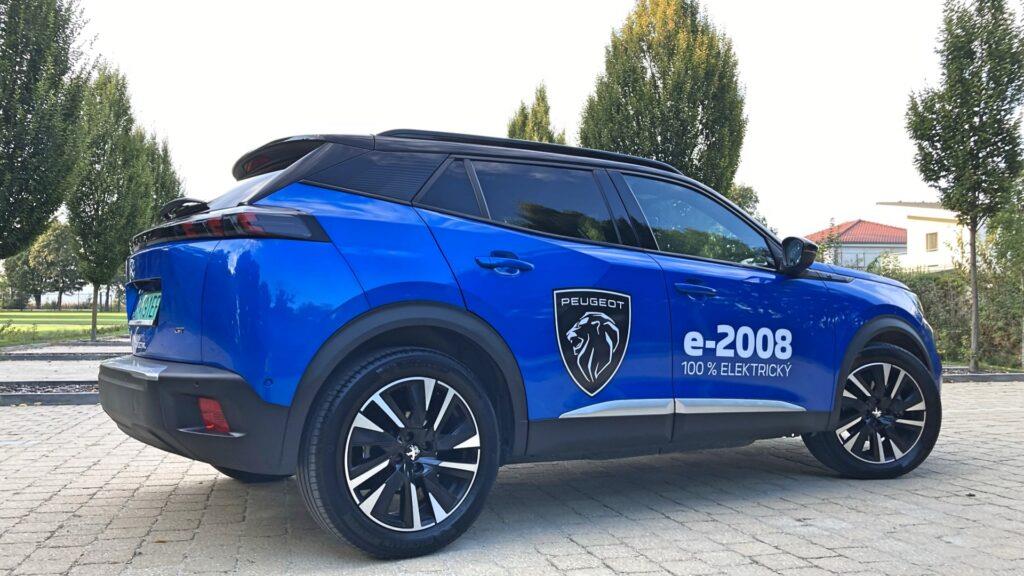
In terms of the appearance of the body, the electric e-2008 does not differ much from the regular version, which has been very successful in terms of design. There is a slightly modified radiator grille, which in blue refers to the used body paint. The letters "e" are placed in several places on the body and give a clear symbol that electromobility is at play here. You will also find out that it is an electric car when you open the "fuel tank" lid, where instead of the fuel filler neck you will find a type 2 socket (Mennekes) with an extension to CCS Combo 2, which guarantees that you will not have a problem at practically any stand in Slovakia. So if it's not occupied…
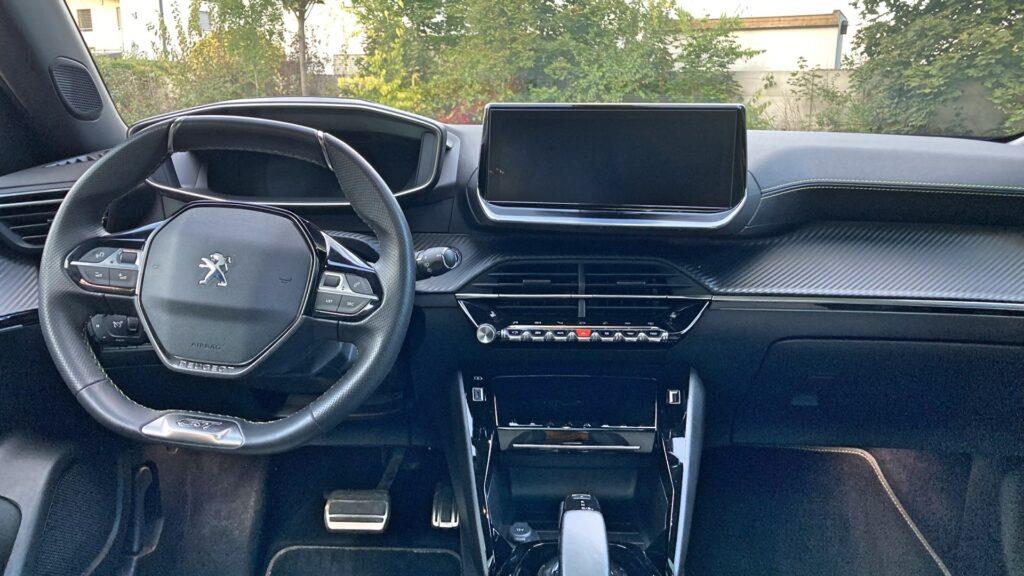
Not much has changed inside the vehicle, and the fact that we are sitting in an electric car is actually only informed by a single logo on the steering wheel and one mode on the 3D cockpit, which you get from the e-GT equipment. The good news is the fact that the crew is not limited by the installation of batteries in the cabin. Peugeot placed them very well under the back and front seats. In practice, the most annoying thing is that the driver does not put his left leg completely under the seat, where part of the batteries are located.

The luggage compartment in the Peugeot e-2008 is identical to that of the standard model, which is not at all usual for electric cars. You can look forward to a respectable 434 liters and even 1,467 liters after folding the rear seats. It is also possible to hide cables that would otherwise fly around the trunk in the intermediate floor of the trunk.

The most important thing can be found (unusually for an electric car…) under the front hood. There is a quite classically installed electric motor with a power of 100 kW (136 hp) and a torque of 260 Nm, which is supplemented by a battery with a capacity of 50 kWh (but only 45 kWh are usable). The system drives the front wheels and is connected to an automatic transmission controlled by a pulse selector. In addition to the classic "D" position, there is also the "B" (Brake) position, which works as a recovery mode and ensures faster battery charging in exchange for greater vehicle deceleration. We drove practical only in this mode and used it when commuting to traffic lights or. for going downhill. Position B not only recharges the battery more at a given moment, but also saves brake pads.
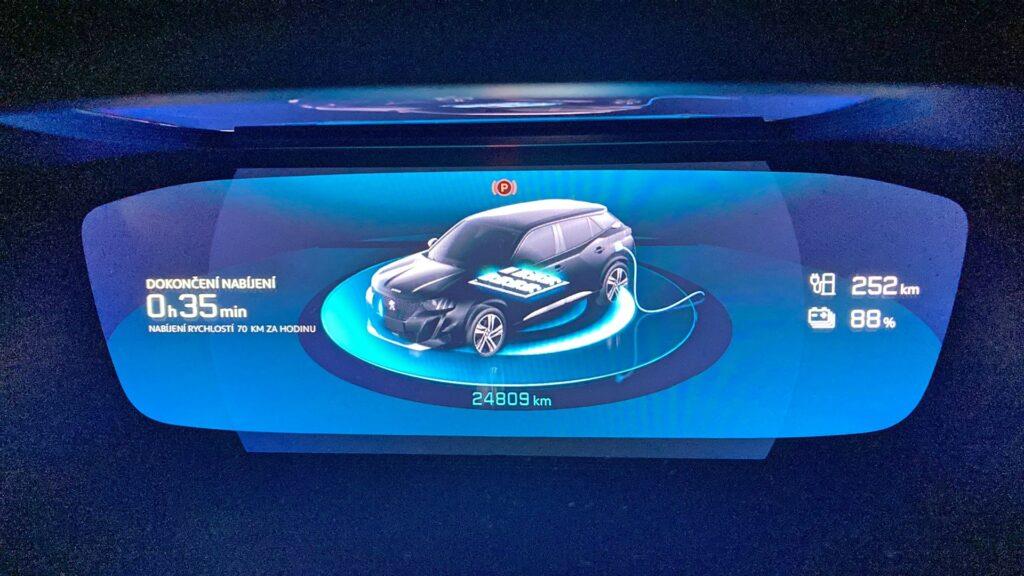
The car manufacturer indicates a paper range of 310 km. With a full battery, however, the car showed a range of only 265 km at a temperature just above freezing, and it depends a lot whether you charge the vehicle with a warm battery or a cold one. With repeated charging, we managed to achieve a range of 286 km from a classic 220 volt outlet, and even only 280 km when recharging on a 50 kW fast charger via a CCS cable. At a higher outside temperature, we managed to charge the battery for 290 km, and with the heating off and defensive driving, this value would probably be realistically achievable.

In the city or outside it, where you often take your foot off the gas or brake, it is possible to drive for the consumption indicated by the manufacturer or even cheaper. It is possible to move in the city for some 14 kWh/100 km, which would mean a range of over 300 km. But this does not apply to trips outside the city. Consumption grows rapidly already on expressways around 100 km/h. There it is starting to be a problem to keep the consumption under 20 kWh/100 km, which reduces the theoretical range to somewhere between 220-230 km. And the worst situation ever is on the highway, where the electric 2008 takes down a good 25 kWh/100 kWh and more at a speed of 130 km/h on the highway, which reduces the real range by well over 200 km.
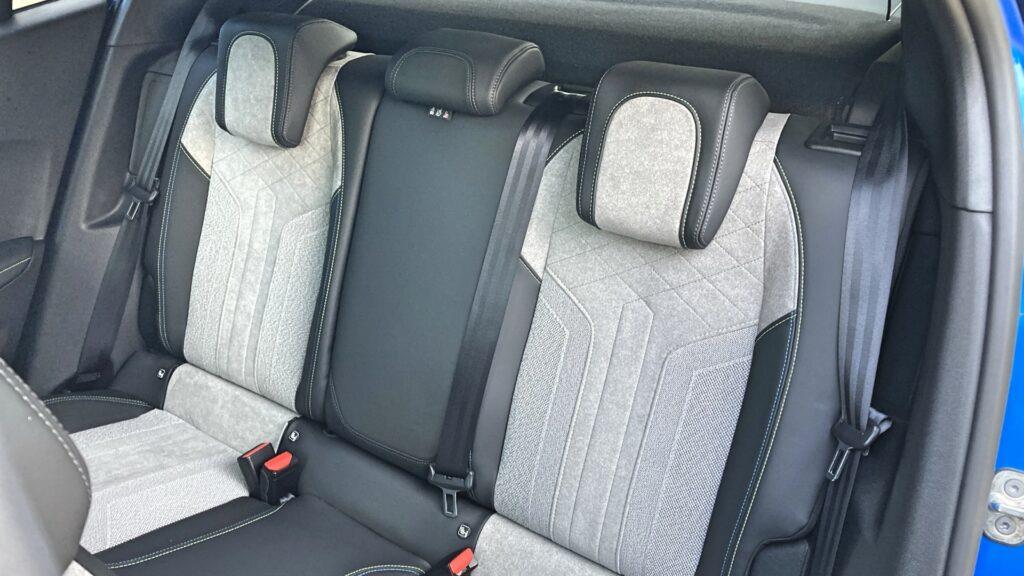
So if you plan to use an electric Peugeot for urban or suburban travel or quieter driving outside the city, we can recommend it with a clear conscience. Its range will be 250-300 kilometers under ideal conditions. If you don't commute to work and back every day, you can recharge it, for example, once a week at home from the socket, or recharge it at the shopping center before you buy. However, if you want to go from Bratislava to Banská Bystrica, for example, get ready for one big adventure. On the highway you will have to be very careful and ideally maintain a speed of around 110-115 km and plan to recharge along the way. You can also forget about towing any trailer, braked or not.
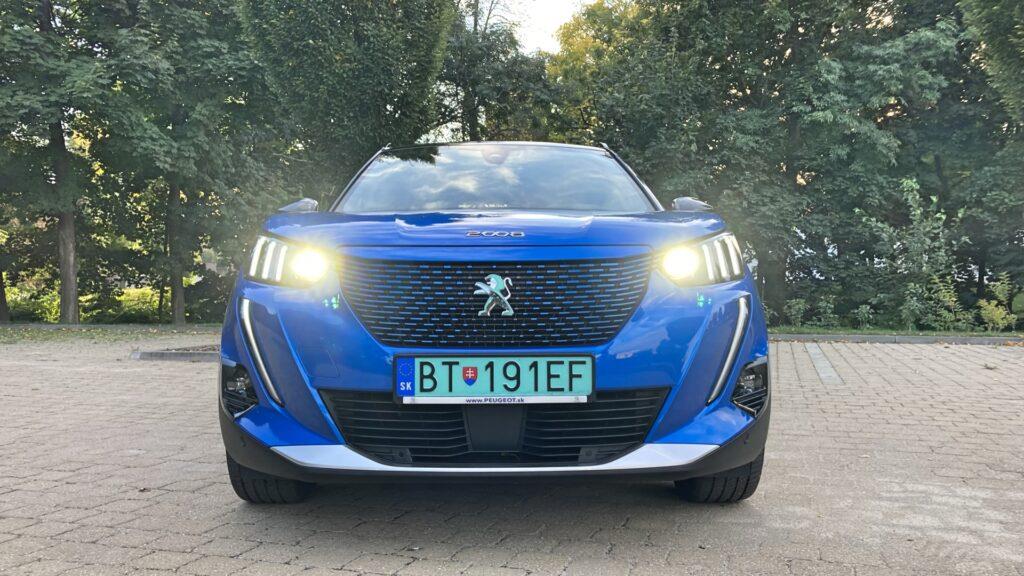
However, traveling here is quiet, extremely comfortable and completely natural. Peugeot managed to choose the ideal compromise between comfort and stiffness. If it weren't for the necessary stops for recharging, cohabitation with a Peugeot would be absolutely ideal. The electric 2008 would be helped by a higher battery capacity, then it would be a fully and everyday usable vehicle that would go practically anywhere without recharging. Thus, its territory must be limited to urban or suburban agglomerations, where it functions perfectly. For those who are constantly in a hurry, the gasoline 1.2ka PureTech is a better choice, and for those who really want to save and not be limited by range, there is the diesel 1.5ka Blue-HDi . For that price difference, you can drive for quite a few years on fossil fuels. Of course, if they don't double in price in the next few years…
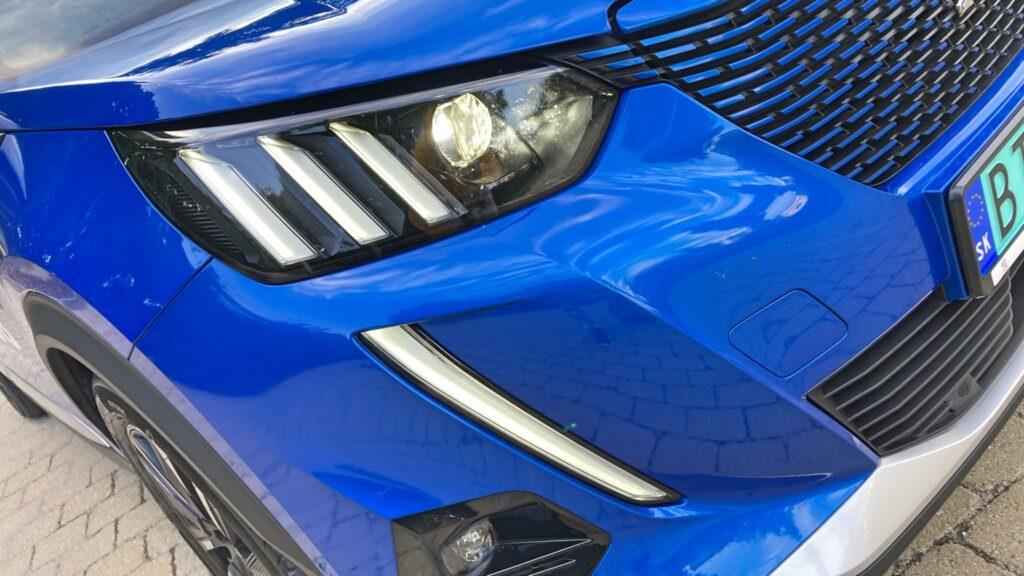
Peugeot e-2008 is one of the most affordable practical electric cars on the Slovak market. You currently pay €31,990 for it in the Active equipment level. The test vehicle in the e-GT version will cost you €34,590, which is still significantly less than the competition. Peugeot provides a warranty for batteries for 8 years and 160,000 km with a guarantee of 70% battery capacity.
The electric 2008 can fully replace a classic smaller SUV, provided that it will not be driven on the highway for a long time. There, its usability decreases with every kilometer and recharging becomes more or less annoying. In all other cases, however, the e-2008 is a great vehicle that makes sense.

You can find the whole gallery here: PEUGEOT e-2008

